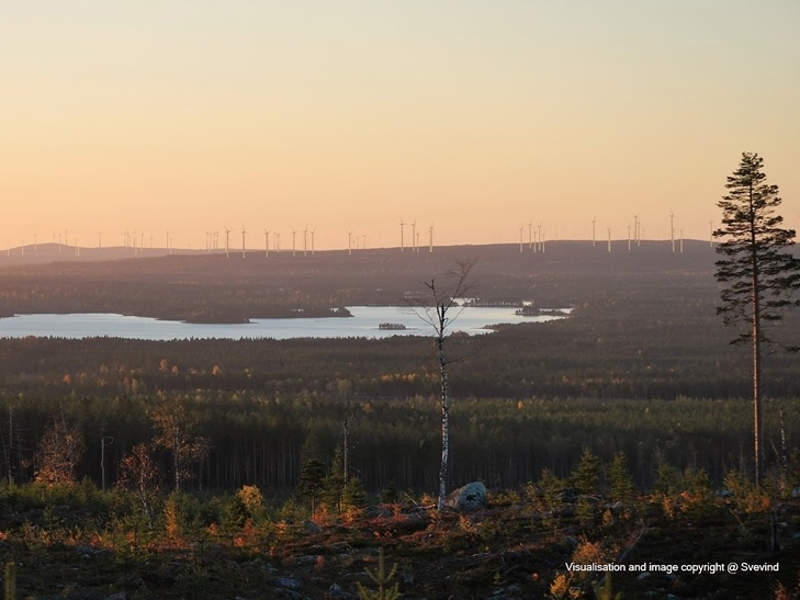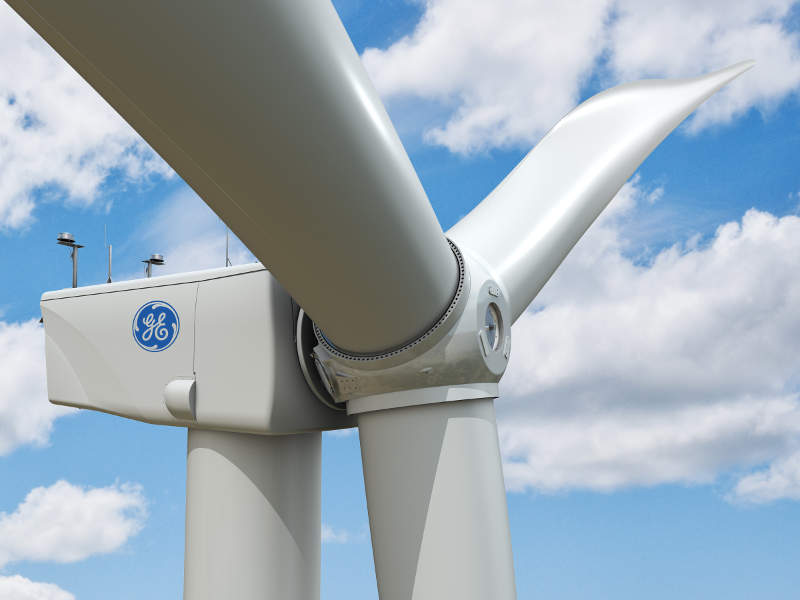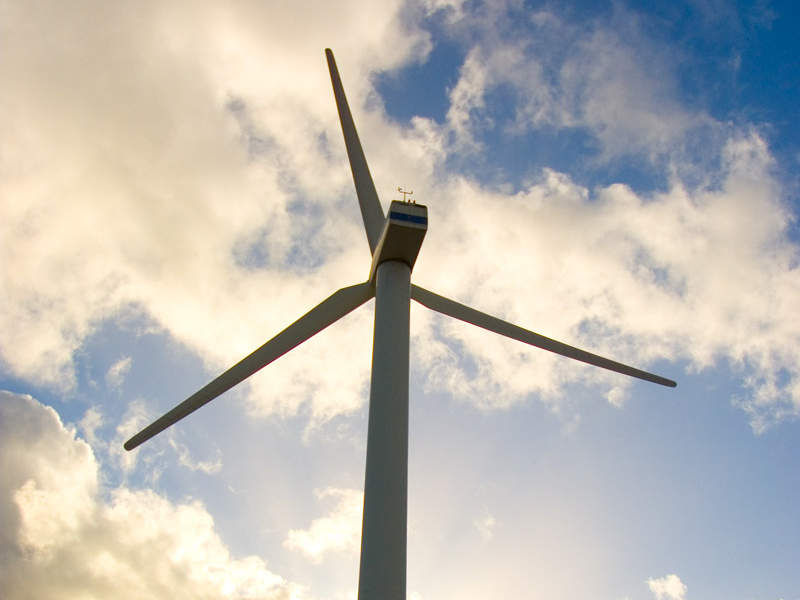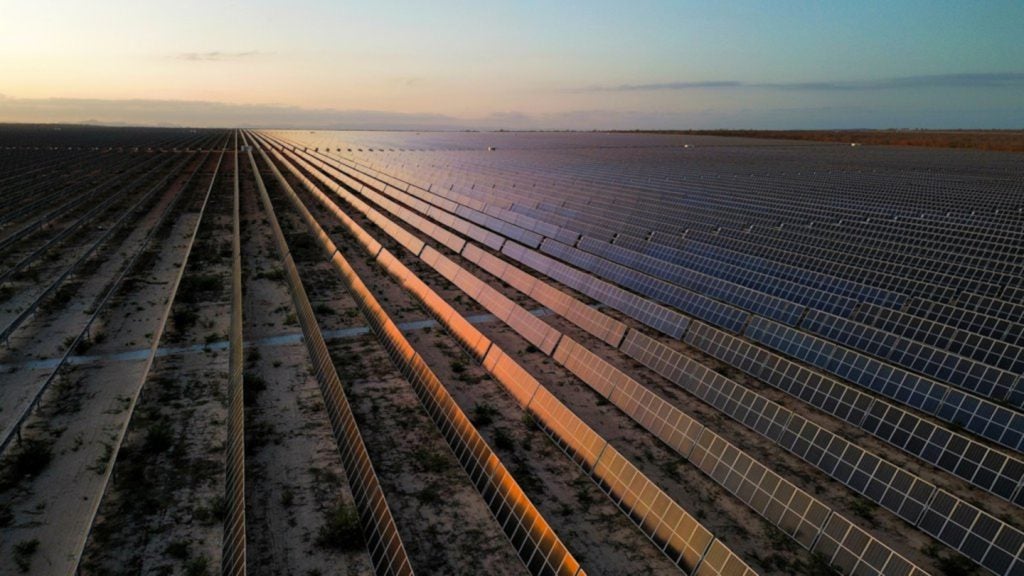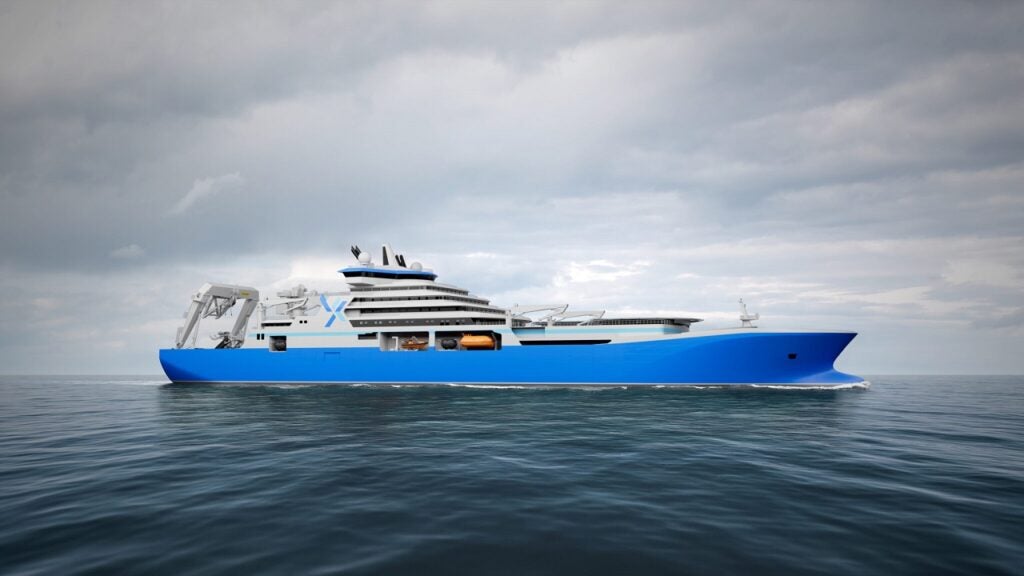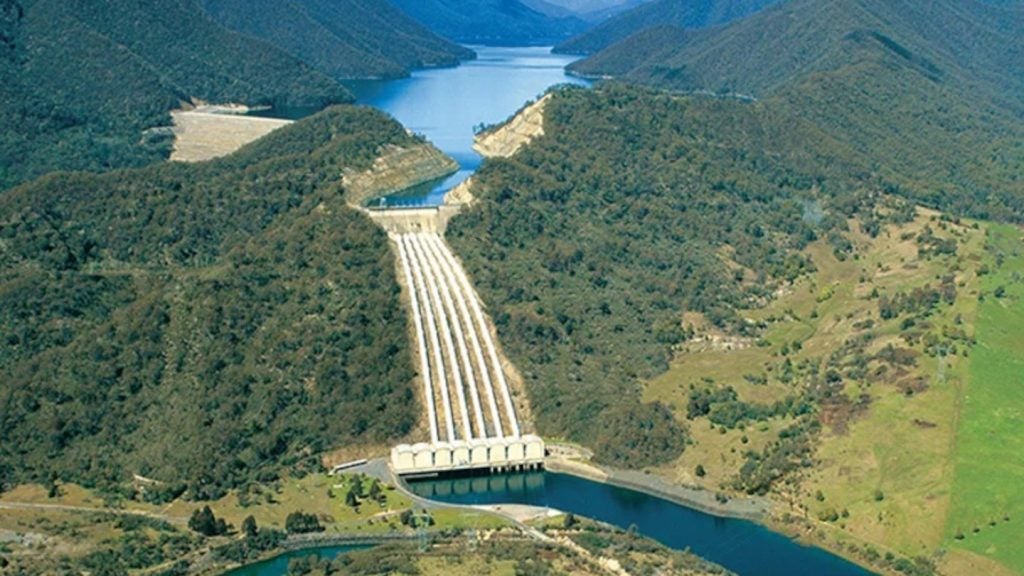Markbygden ETT is a 650MW wind park comprising three windfarms namely Kilberget, Gråberget, and Snöbergen in North Sweden.
The project was being developed for 15 years by the Swedish wind developer Svevind. It was jointly acquired by GE Energy Financial Services and Green Investment Group (part of Macquarie Group) from Svevind.
Commissioning of the turbines is scheduled to start in the second half of 2018 and the project is expected to commence operations by the end of 2019.
Estimated to cost €800m ($953m), the project will be the biggest single site onshore windfarm in Europe, upon completion. It is expected to increase Sweden’s installed wind generation capacity by 12.5%.
Markbygden ETT project details
The Markbygden ETT windfarm will be installed with 179 GE 3.6-137 IEC3B turbines with a rated capacity of 3.6MW each. The turbines will be 200m-high each and have a rotor diameter of 137m. The height to blade tips will be 178.5m, 199m, and 223m.
The GE 3.6-137 IEC3B turbines are the highest performing turbine for class III winds and have reduced noise modes. Its blades are efficient for producing power in low-wind conditions.
The turbines will be equipped with GE’s 3MW drive train platform, which comprises an enhanced gearbox, main shaft with double bearings, and a generator to enable the movement of the rotor in medium and low wind speeds.
The blades will be equipped with the new innovative ice mitigation system enabling them to withstand standard as well as extreme cold weather, which is ideally suited for the site’s climate and wind speeds.
The turbine also has standard tower corrosion protection, C2 internal, and C3 external with internal and external C4/C5 options available. The turbines are electrically driven and pitch-controlled with battery back-up.
Grid connection for the Markbygden wind project
The windfarm will be connected via the existing 12,00MW Råbäcken substation to the national 400kV Svenska Kraftnät grid.
Construction details
Construction of the turbine towers will differ according to the hub height of the turbines. Hybrid pre-cast concrete/tubular steel towers will be built for multiple hub heights of 85m, 110m, and 131m.
The project also includes construction of 130km of roads, crane pads, and concrete foundations for each turbine. It also includes laying of cables between the wind towers.
Construction works commenced in June 2017 and are scheduled to be completed by late-2018.
Contractors involved
NCC Group is responsible for the construction of foundations and roads. NEAS Energy, a part of Centrica, will provide sale of Elcerts (renewable certificates) for the project as well as balancing and hedging services.
GE Renewable Energy will supply the turbines and high-voltage switchgears for two collector substations. It will also provide a 20-year full service through its Grid Solutions business.
LM Wind Power will provide the innovative ice mitigation system, while Green Investment Group conducted the impact assessment for the project.
Peikko Sverige, a subsidiary of Peikko Group, was contracted to provide gravity foundation technology for the windfarm.
Power purchase agreement
The power generated from the Markbygden ETT windfarm will be purchased by a subsidiary of Norsk Hydro under a 19-year power purchase agreement (PPA), making it the world’s biggest corporate wind energy PPA.
The PPA will help to meet the electricity demand for Norsk Hydro’s Norwegian aluminium manufacturing facilities that produce 100,000t of aluminium a year.
Financing
GE Energy Financial Services and Green Investment Group have invested more than €300m ($356.45m) in equity of the project.
The remaining €500m ($594.1m) was financed by European Investment Bank, Export Credit Garantees of the Federal Republic of Germany (Hermes Cover), NordLB (MLA advisor and ECA bank), KfW IPEX-Bank, and HSH Nordbank.

